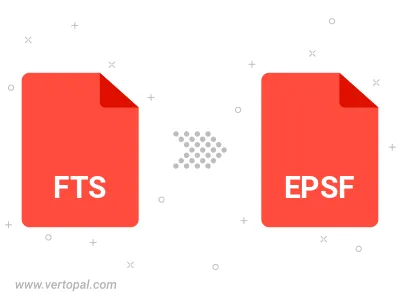Convert FTS to EPSF
Convert FTS images to EPSF format, edit and optimize images online and free.

The Flexible Image Transport System (FTS) file extension, is predominantly utilized for the storage, transmission, and manipulation of scientific and astronomical data. Developed by NASA in the late 1970s, this standardized format facilitates data interchange among the astronomical community. FTS is highly extensible, supporting various data types such as images, tables, and multidimensional arrays. Its widespread adoption stems from its capability to encapsulate metadata efficiently, enabling accurate and effective exchange of complex datasets among researchers and institutions.
An EPSF, or Encapsulated PostScript File, is a graphics file format used primarily in the publishing and printing industries for embedding high-resolution images within other PostScript documents. Introduced by Adobe Systems in the late 1980s, EPSF files enable seamless integration of complex visual elements, maintaining quality and device independence. They encapsulate both vector and raster graphics, allowing detailed illustrations and photographs to be embedded without loss of resolution, facilitating professional-quality output across various platforms and devices.
Click the Choose File button to select the FTS file.
Use any available convert tools on the preview page, and click Convert.
Once the convert is complete, you can download the final EPSF file.

To change FTS format to EPSF, upload your FTS file to proceed to the preview page. Use any available tools if you want to edit and manipulate your FTS file. Click on the convert button and wait for the convert to complete. Download the converted EPSF file afterward.
Follow steps below if you have installed Vertopal CLI on your macOS system.
cd to FTS file location or include path to your input file.Follow steps below if you have installed Vertopal CLI on your Windows system.
cd to FTS file location or include path to your input file.Follow steps below if you have installed Vertopal CLI on your Linux system.
cd to FTS file location or include path to your input file.